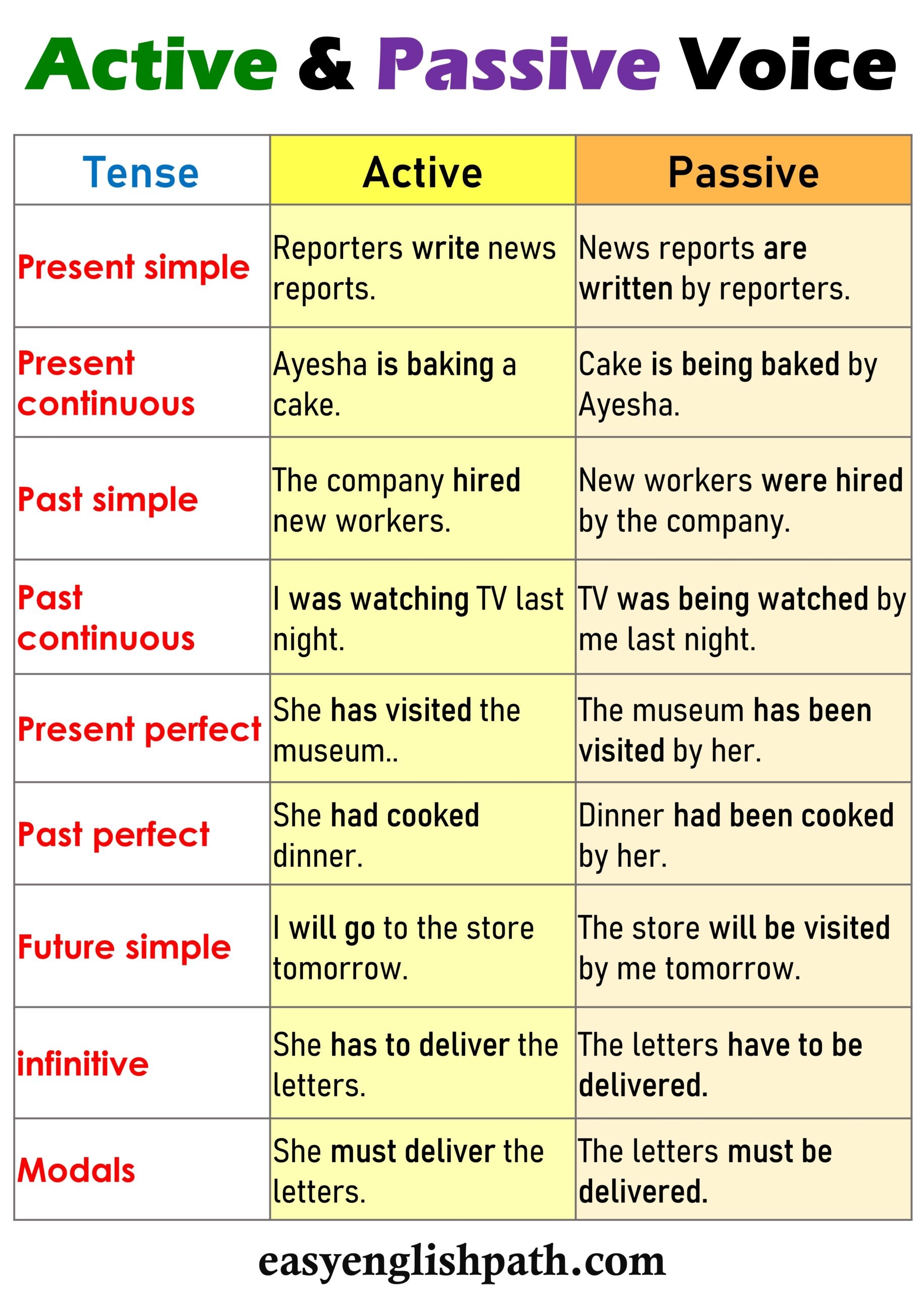When writing, it is important to understand the difference between active and passive voice. Both have their own uses and can impact the clarity and effectiveness of your writing. By knowing when to use each, you can improve the quality of your work.
Active voice is when the subject of the sentence performs the action. It is direct, clear, and engaging for the reader. In active voice, the subject is doing the action, making the sentence more dynamic and straightforward. For example, “The dog chased the cat” is an active sentence because the subject (dog) is performing the action (chased).
Active vs Passive Voice Meaning
On the other hand, passive voice is when the subject of the sentence receives the action. It often makes the sentence wordier and can be less engaging for the reader. In passive voice, the subject is being acted upon, leading to a more indirect and sometimes unclear sentence structure. For example, “The cat was chased by the dog” is a passive sentence because the subject (cat) is receiving the action (chased).
While passive voice can be useful in certain situations, such as when the focus is on the receiver of the action rather than the doer, it is generally recommended to use active voice for clear and concise writing. Active voice is more direct, engaging, and easier to understand for the reader.
Using active voice can also help to make your writing more persuasive and powerful. It conveys a sense of immediacy and action, making your sentences more impactful. By using active voice, you can grab the reader’s attention and keep them engaged throughout your writing.
In conclusion, understanding the difference between active and passive voice is essential for effective writing. While passive voice has its place, active voice is generally preferred for its clarity, directness, and engagement. By using active voice in your writing, you can make your sentences more powerful and persuasive, ultimately improving the quality of your work.
